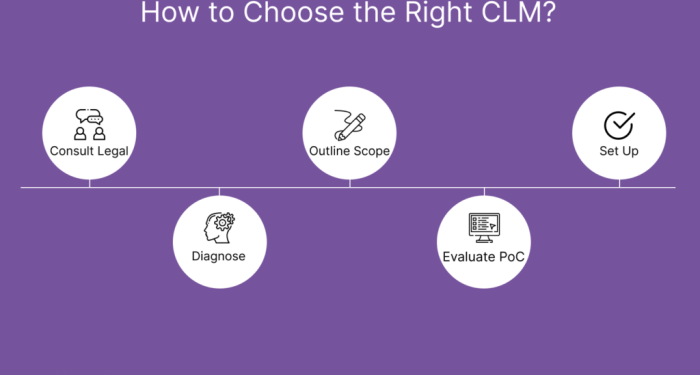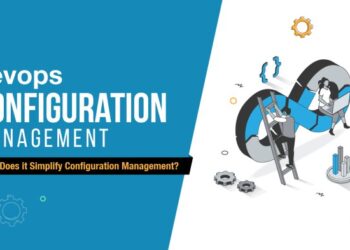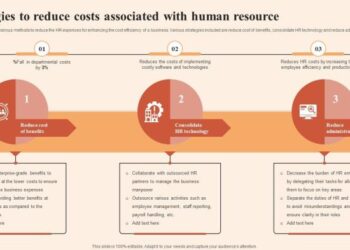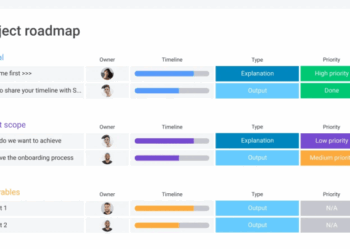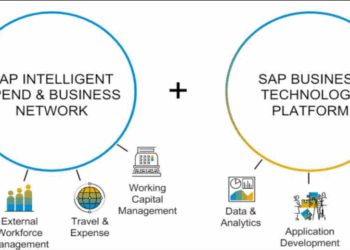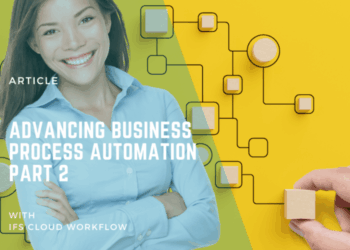Embark on a journey to explore the intricacies of Choosing the Right CLM Platform for Contract Transparency. Dive into the world of essential features, scalability options, user-friendliness, and security measures that shape the landscape of contract management platforms.
Factors to Consider when Choosing a CLM Platform
When selecting a Contract Lifecycle Management (CLM) platform for contract transparency, several key factors need to be taken into consideration to ensure the platform meets the organization's needs effectively.
Essential Features for Contract Transparency
- Centralized Repository: A CLM platform should provide a centralized repository for all contracts, making it easy to access and manage them efficiently.
- Search and Filter Capabilities: The platform should offer robust search and filter options to quickly locate specific contract terms or documents.
- Version Control: It is crucial for the platform to maintain version control to track changes and revisions made to contracts over time.
- Automated Alerts and Notifications: Automated alerts and notifications can help in keeping track of important contract milestones, renewals, or deadlines.
- Reporting and Analytics: The ability to generate reports and analyze contract data can provide valuable insights for decision-making.
Scalability Options
When evaluating scalability options among different CLM platforms, consider the platform's ability to grow alongside your organization. Look for platforms that offer scalability in terms of storage capacity, user access, and additional features that can be integrated as the organization expands.
User-Friendliness
- Intuitive Interface: A user-friendly CLM platform should have an intuitive interface that is easy to navigate and understand.
- Customization Options: The platform should allow for customization to tailor the interface and functionalities to the organization's specific needs.
- Training and Support: Adequate training and support resources should be provided to ensure users can effectively utilize the platform.
Security Measures
Security is paramount when it comes to managing contracts. Evaluate the security measures offered by CLM platforms, such as data encryption, access controls, audit trails, and compliance with data protection regulations like GDPR, to ensure the protection of sensitive contract information.
Understanding the Implementation Process
Implementing a Contract Lifecycle Management (CLM) platform for contract transparency is a crucial step towards enhancing efficiency and ensuring compliance. Below is a step-by-step guide on how to effectively implement a CLM platform, along with common challenges and best practices to consider.
Step-by-Step Guide
- Define Objectives: Clearly Artikel the goals and objectives you aim to achieve with the CLM platform.
- Assess Current Processes: Evaluate existing contract management processes to identify areas that need improvement.
- Select the Right CLM Platform: Choose a platform that aligns with your requirements and offers the necessary features for contract transparency.
- Data Migration: Transfer existing contract data to the new CLM platform while ensuring data integrity.
- Customization and Configuration: Customize the platform to meet your specific needs and configure workflows accordingly.
- Training and Onboarding: Provide comprehensive training to users to ensure they understand how to effectively use the CLM platform.
- Testing and Quality Assurance: Conduct thorough testing to identify any issues or bugs before full implementation.
- Go-Live and Support: Launch the CLM platform and provide ongoing support to users to address any issues that may arise.
Common Challenges and Solutions
- Resistance to Change: Address resistance by involving key stakeholders in the decision-making process and highlighting the benefits of the new CLM platform.
- Data Migration Issues: Plan data migration carefully, conduct regular audits, and involve IT experts to ensure a smooth transition.
- Lack of User Adoption: Offer comprehensive training, create user-friendly interfaces, and provide ongoing support to encourage user adoption.
- Integration Challenges: Ensure the CLM platform integrates seamlessly with other systems by collaborating with IT teams and conducting thorough testing.
Training and Support Options
- On-Site Training: Conduct on-site training sessions to provide hands-on experience and address user questions in real-time.
- Online Resources: Offer online tutorials, user guides, and FAQs to support users in navigating the CLM platform independently.
- Dedicated Support Team: Establish a dedicated support team to assist users with any issues or queries they may encounter during implementation.
Best Practices for a Smooth Transition
- Communicate Effectively: Keep all stakeholders informed about the implementation process, timelines, and expected outcomes.
- Set Clear Roles and Responsibilities: Define roles and responsibilities for team members involved in the implementation to ensure accountability.
- Monitor Progress: Regularly track progress, address any issues promptly, and make necessary adjustments to stay on track.
- Gather Feedback: Collect feedback from users throughout the implementation process to identify areas for improvement and address concerns.
Integrations and Compatibility
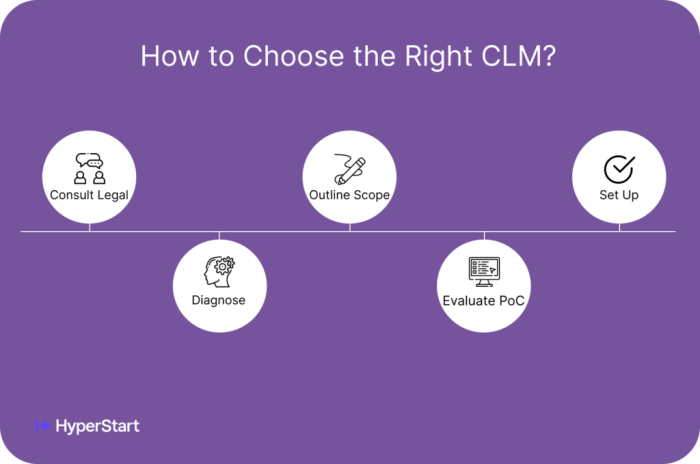
When choosing a Contract Lifecycle Management (CLM) platform for contract transparency, it is crucial to consider the integrations and compatibility features it offers. Seamless integration with key systems and compatibility with existing infrastructure can significantly impact the effectiveness of contract management processes.
Key Integrations for Seamless Operations
One of the key integrations that a CLM platform should have is with Customer Relationship Management (CRM) systems. This integration allows for a seamless flow of data between sales and legal teams, ensuring that contract terms align with customer expectations and requirements.
Another important integration is with Enterprise Resource Planning (ERP) systems. This integration enables the synchronization of financial data, ensuring that contracts are aligned with budgetary constraints and financial goals.
Integration with e-signature platforms is also essential for streamlining the contract approval process and ensuring secure and legally binding signatures.
Importance of Compatibility with Existing Systems
Compatibility with existing systems within an organization is crucial to avoid disruptions in workflow and data management. A CLM platform that can seamlessly integrate with the organization's current technology stack ensures a smooth transition and adoption process.
Moreover, compatibility minimizes the need for manual data entry and reduces the risk of errors or discrepancies between systems, enhancing overall operational efficiency.
Comparison of Integration Capabilities
When comparing CLM platforms, it is essential to evaluate their integration capabilities with a wide range of systems, including CRM, ERP, e-signature, document management, and other relevant tools used within the organization.
Some CLM platforms offer pre-built connectors and APIs that facilitate easy integration with popular third-party applications, while others may require custom development work for seamless connectivity.
Examples of Successful Integrations and Impact on Contract Transparency
An example of a successful integration is the seamless connection between a CLM platform and a company's CRM system. This integration allowed sales teams to access contract data directly from the CRM interface, leading to improved collaboration between sales and legal departments and increased contract visibility.
Another impactful integration is the synchronization of contract data with the organization's ERP system, enabling real-time tracking of financial metrics related to contracts and ensuring compliance with budgetary constraints.
Cost Analysis and ROI
When considering implementing a CLM platform for contract transparency, it is essential to conduct a thorough cost analysis and evaluate the return on investment (ROI). Breaking down the costs involved and understanding the pricing models of various CLM platforms can help in making an informed decision.
Breakdown of Costs
Implementing a CLM platform includes costs such as software licensing fees, implementation and training expenses, customization fees, and ongoing maintenance costs. It is crucial to factor in all these costs to determine the total investment required.
Comparing Pricing Models
- Subscription-Based Pricing: Some CLM platforms offer a subscription-based pricing model where you pay a monthly or annual fee for using the software.
- Perpetual Licensing: Other platforms may require a one-time licensing fee for perpetual use of the software.
- Additional Costs: Consider any additional costs for integrations, support, and upgrades.
Calculating ROI
Calculating the ROI of a CLM platform involves comparing the benefits gained from improved contract management efficiency, reduced risks, and enhanced compliance with the total costs incurred. The formula for ROI is:
ROI = (Net Profit / Total Investment) x 100
Optimizing Costs
- Identify Essential Features: Choose a CLM platform with features that align with your contract management needs to avoid unnecessary costs.
- Training and Support: Invest in proper training to maximize the utilization of the platform and minimize errors that could lead to additional costs.
- Regular Audits: Conduct regular audits to ensure the platform is being used efficiently and to identify any areas for cost optimization.
Summary
As we conclude our discussion on Choosing the Right CLM Platform for Contract Transparency, we reflect on the key points covered. From implementation processes to integrations, compatibility, and cost analysis, this guide equips you with the knowledge to make informed decisions for your organization's contract transparency needs.
Essential Questionnaire
What are the essential features required for contract transparency?
The essential features include robust document management, version control, audit trails, and automated alerts for key contract milestones.
How can organizations optimize costs while maximizing the benefits of a CLM platform?
Organizations can optimize costs by conducting a thorough cost-benefit analysis, leveraging discounts for long-term contracts, and ensuring efficient utilization of the platform's features.
What are some examples of successful integrations that have positively impacted contract transparency?
Integrations with CRM systems, e-signature solutions, and financial management software have significantly enhanced contract transparency by streamlining processes and improving data accuracy.

